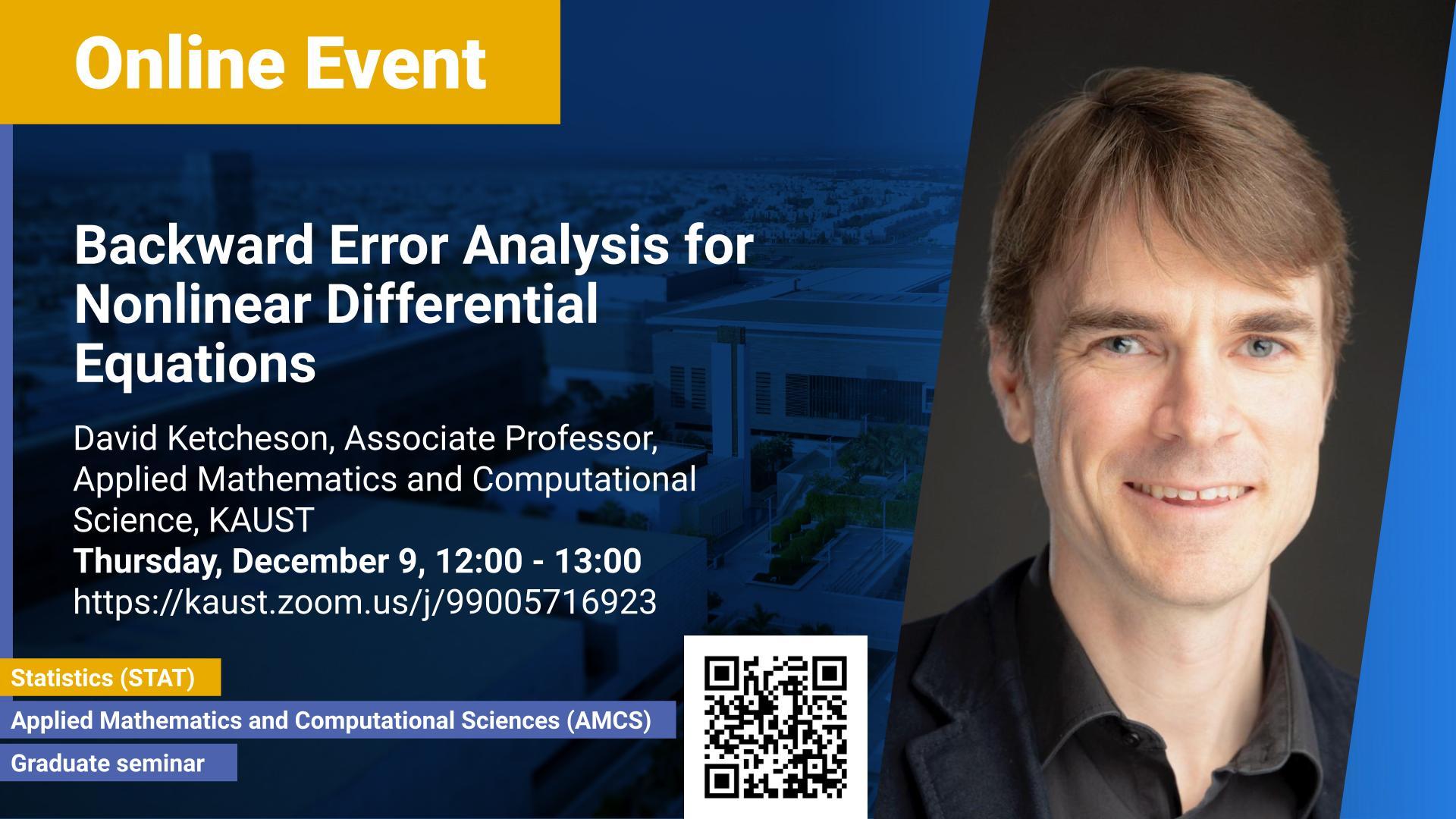Abstract
Backward error analysis is a tool that allows us to understand the effect of errors without knowing exact solutions. Instead of asking “how far off is my answer?”, backward analysis assumes the answer is correct and asks “how far off is my question?” It is used frequently to help us understand the behavior of linear numerical methods, including those of linear algebra and differential equations. Its application to nonlinear problems and algorithms is more challenging. The most powerful tool for its application is that of B-series, which bring together diverse areas of mathematics including abstract algebra and graph theory. It was proposed in the 1960s by John Butcher and later found to describe structures that appear in quantum field theory. I will give a very short introduction to B-series and their application in backward error analysis for nonlinear ordinary differential equations, followed by some intriguing examples whose analysis is facilitated by my group’s recent work in creating a software package for backward error analysis with B-series.
Brief Biography
David Ketcheson is Associate Professor of Applied Mathematics and Computational Science at KAUST. He received his Ph.D. in 2009 from the University of Washington.
